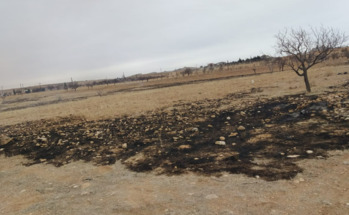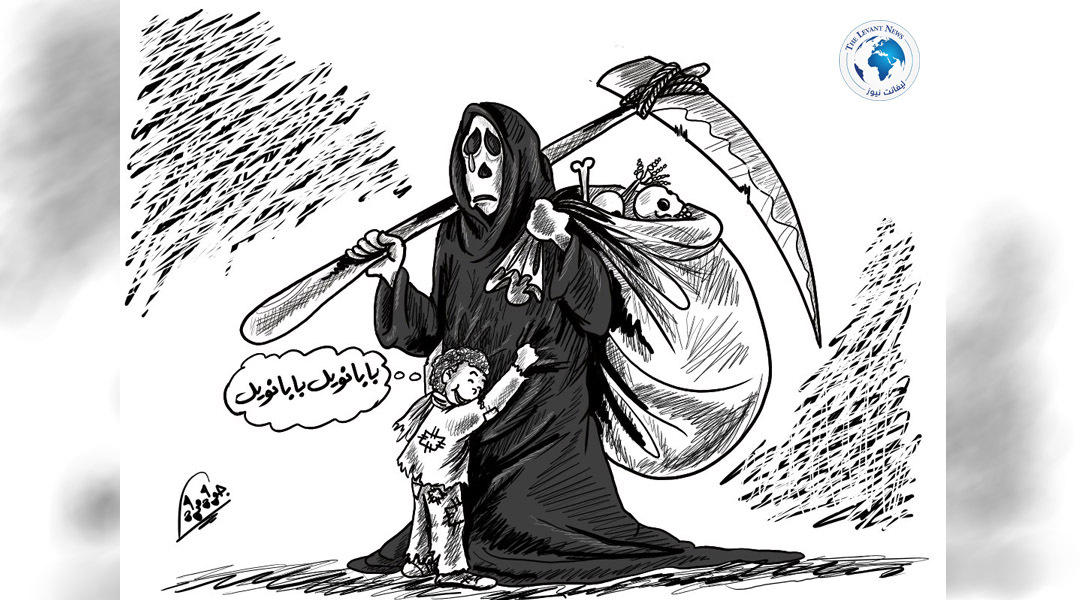-
A phenomenon threatening community security... Increasing cases of disappearance and kidnapping among Alawite women in Syria

This year, Syria has witnessed the disappearance of 33 women and adolescent girls from the Alawite community, aged between 16 and 39 years, amid growing accusations of kidnapping and human trafficking. Some families have paid ransoms ranging from small to large amounts without achieving any results, while authorities downplay the severity of the phenomenon, considering it a personal issue, which increases fear and anxiety among Alawites.
In this context, a family member of a woman named Abir (29 years old) recounted that her kidnapper contacted the family and demanded a ransom of $15,000, threatening to kill or sell her if the amount was not paid. The ransom was sent via messages and calls from phone numbers, some with Iraqi country codes. The family managed to collect the ransom from friends and neighbors in İzmir, Turkey, and transferred it through bank transactions. However, the kidnappers stopped contact and disappeared after receiving the money, and Abir’s fate remains unknown.
A review of over 20 WhatsApp messages and phone calls revealed that some abducted women have been taken outside Syria, with their families receiving ransom demands ranging from $1,500 to $100,000. Others have disappeared without known whereabouts. The cases were concentrated in Tartus, Latakia, and Hama provinces, where many women face threats or are kidnapped during their movements or while in public places. This has led to a significant decline in trust between families and authorities, especially due to the ineffective response of security agencies to these incidents.
Experts and activists indicate that the increase in this phenomenon is directly linked to recent security tensions in the Syrian coast region after March, as attacks on Alawite civilians intensified, resulting in hundreds of deaths. Consequently, fear has grown among the community, which makes up about 10% of the population.
Many families have expressed doubts about the seriousness of investigations, as authorities only offered unconvincing explanations. Some statements suggest that reasons for disappearance are often family disputes or personal issues, yet many women’s fates remain unknown. Some have been displaced or dismissed from their jobs, while the wave of fear over kidnapping and revenge persists.
In response to these issues, activists and human rights organizations continue monitoring the tense situation, warning against the continued targeting of Alawite women. They emphasize that the pattern of disappearances often occurs during the day and that the deliberate targeting of women by multiple parties is an old strategy used to intimidate minorities. Perpetrators often escape punishment, amid ongoing indifference and helplessness by authorities.
Despite government officials in Tartus and Latakia denying any specific targeting of Alawites, many cases suggest deliberate violence against Alawite women, especially during their daily movements or transportation. Reports indicate that some women disappear in broad daylight while commuting or performing routine tasks—such as Zainab, who was kidnapped while walking on her way from school in Latakia, after which her kidnappers threatened not to publish her pictures online, heightening her family’s anxiety.
In conclusion, the phenomenon of disappearance and kidnapping among Alawite women poses a significant security and humanitarian challenge, requiring immediate response from local and international authorities to curb its spread and ensure the protection of civilians, especially vulnerable groups.
Source: Reuters
Tags
You May Also Like
Popular Posts
Caricature
opinion
Report
ads
Newsletter
Subscribe to our mailing list to get the new updates!






















